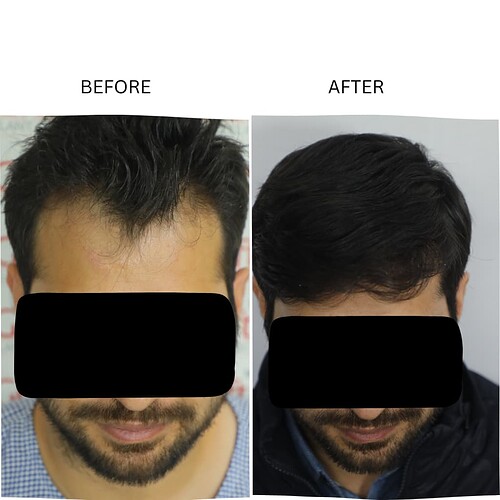Hair transplant procedures are, in fact permanent solutions for men experiencing hair loss. However, long-term success is heavily premised on certain factors.
Hair transplant surgery is actually, a process of transferring hair follicles from areas on your scalp that are resistant to hair loss (which often occur at the back or sides of the head) to areas where there is thinning or complete loss of hair (such as the crown or front). There are two main procedures.
Once the hair follicles are moved to the balding or thinning area, they usually remain resistant to the hormone that causes hair loss (DHT) and thus will continue growing for a lifetime, as they do in the donor area.
The transplanted hair grows naturally and blends in with the surrounding hair. Over time, it will look just like your original hair.
Although the transplanted hair is permanent, natural hair loss may continue in other parts of the scalp. If you are prone to male pattern baldness, further thinning or balding in non-transplanted areas may still occur, requiring additional procedures or treatments.
Younger patients who undergo hair transplants may continue to lose hair in untreated areas. Older men may be less likely to require additional transplants since their hair loss has often leveled off.
Appropriate aftercare, including medication such as finasteride or minoxidil, and adherence to the surgeon’s advice, will increase the likelihood of success. Failure to care for oneself after surgery can lead to complications that impact the outcome.
Experience and skill is one aspect that ensures successful performance for the procedure; it helps in proper alignment, direction, and grafting of the transplanted hair.
Should you need to know more, reach out at
Website: www.myneograftindia.com
youtube: https://www.youtube.com/@hairandhealthwithdrvikram
Consultation: +91 904 1999 199
